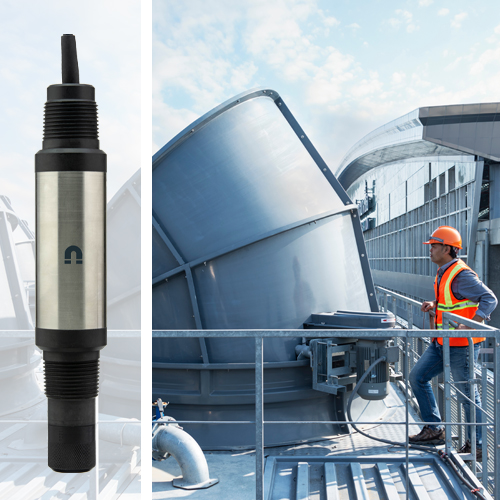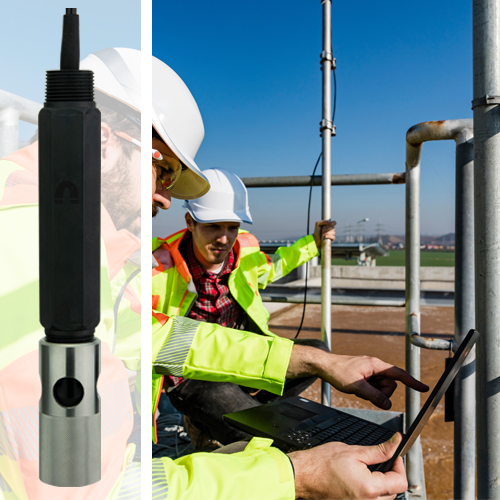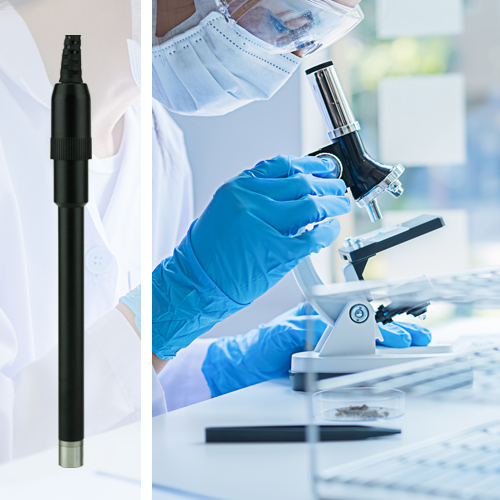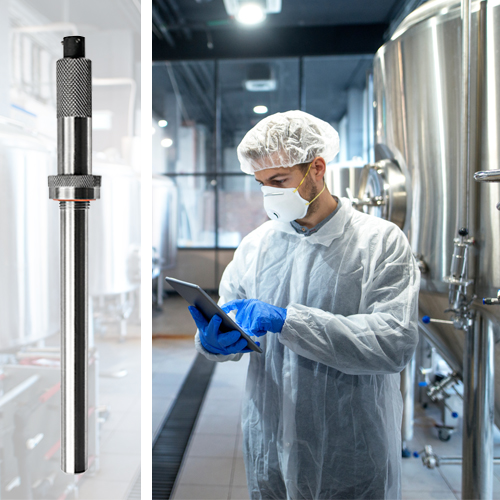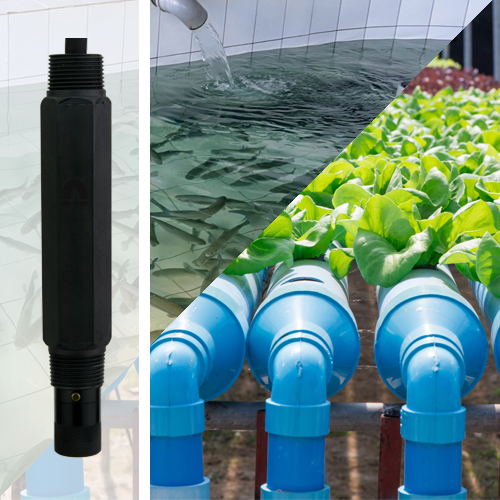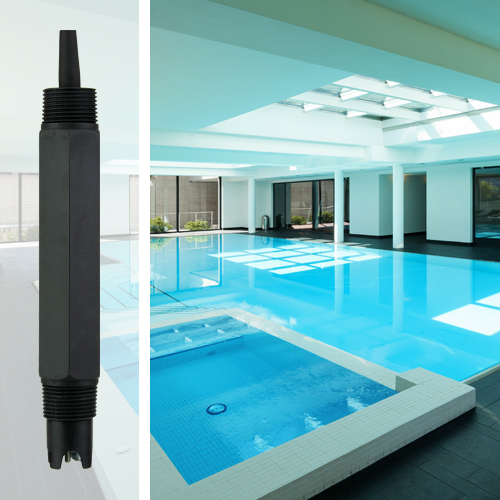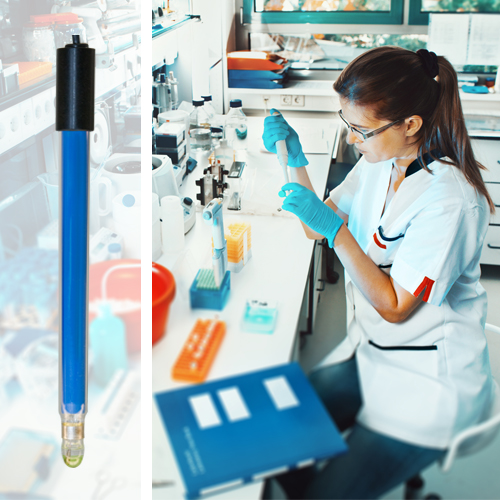AlpHa Measurement Solutions | Reference Electrodes
Reference Electrode: Nature and Role
The reference electrode or “half-cell” is a system that provides a constant defined potential in electrochemical analysis. The accuracy and longevity of the pH or ion measurement system highly depends on the accuracy and stability of the reference electrode, making it an essential and critical design input in the overall system.
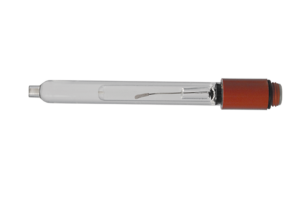
Designing and Selecting a Reference System
The reference design can enable the ability to control the electrolyte leakage rate, electrolyte or fill solution, and sample matrix compatibility options. Because the reference electrode is often the limiting factor regarding the sensing system’s overall life, there are features such as multiple junctions, junction materials, reference electrolyte chemistry, and other design inputs that can prolong the life of the reference system. The electrolyte inherently “leaks” from the reference junction in many of the designs. Controlling that leakage rate and mitigating the leakage of silver ions is another reference electrode strategy.
For more information regarding the technical background of reference electrodes, please visit our reference electrode article in AlpHa Insights (Insert Link to page). AlpHa’s subject matter experts will help coach and guide the appropriate reference system for the required application. For example, depending on the sample matrix, it is critical to pick the reference type and corresponding salt bridge. The following are reference potentials for common reference systems used globally:
For more information regarding the technical background of reference electrodes, please visit our reference electrode article in AlpHa Insights (Insert Link to page). AlpHa’s subject matter experts will help coach and guide the appropriate reference system for the required application. For example, depending on the sample matrix, it is critical to pick the reference type and corresponding salt bridge. The following are reference potentials for common reference systems used globally:
Reference Electrode System | Electrolyte | Potential vs. Standard H2 Electrode (SHE) | Potential vs. Saturated Calomel Electrode (SCE) |
Ag / AgCl | Sat. KCl | 200 mV | -44 mV |
Ag / AgCl | 3M KCl | 210 mV | -32 mV |
Hg / Hg2Cl2 (Calomel) (SCE) | Sat. KCl | 244 mV | 0 mV |
Hg / Hg2Cl2 (Calomel) | Sat. LiCl | 200 mV | -45 mV |
| Hg / HgO | 20% KOH / 4.24M | 98 mV | -143 mV |
Hg / Hg2SO4 | Sat. K2SO4 | 640 mV | 408 mV |
AlpHa continues to develop reference systems for many different applications. This includes Teflon junctions for those applications where rapid changes in pressure can cause issues in other reference systems. AlpHa also developed a unique new Solid-State reference system. Inside the Solid-State reference system, the inner and outer reference chamber liquid gels have been replaced with a solid polymer gel. The reference electrolytes then are non-reactive, non-contaminating, and include high salt content polymer gels. As a result, the Solid-State reference design creates an alternative option when selecting the appropriate reference system.
Combo vs. Stand-alone Reference Electrode
While it is much more common in the industry to combine the reference with the working electrode, there are applications where a stand-alone working and reference electrodes are desired. This is critical when designing for applications that cause the reference to poison or clog prematurely.
Environmental monitoring applications that require to measure multiple parameters simultaneously often utilizes a shared reference electrode with replaceable or refillable options in the sensor array. For example, pH, ORP and ISE sensing “half-cell” or “mono” electrodes can all share a single reference half-cell in a multiparameter electrode system or sonde. This can optimize the service life of the electrodes where long-term deployment is essential. AlpHa Measurement Solutions designs both customizable stand-alone reference electrodes and combination electrodes for all ranges of applications.
Environmental monitoring applications that require to measure multiple parameters simultaneously often utilizes a shared reference electrode with replaceable or refillable options in the sensor array. For example, pH, ORP and ISE sensing “half-cell” or “mono” electrodes can all share a single reference half-cell in a multiparameter electrode system or sonde. This can optimize the service life of the electrodes where long-term deployment is essential. AlpHa Measurement Solutions designs both customizable stand-alone reference electrodes and combination electrodes for all ranges of applications.
